Centre
Artistic Research Centre
Unit(s) of assessment: Art and Design: History, Practice and Theory
Research theme(s): Digital, Technology and Creative
School: School of Art & Design
Overview
(Header image: Danica Maier, Score, 2018, in the exhibition Bummock: The Lace Archive, Backlit Gallery, Nottingham)
The Centre for Artistic Research at NTU is constituted by an interdisciplinary collegiate research environment with an ambition to continue to be at the forefront of innovation in artistic research processes. The Centre supports, both within and beyond the University, a breadth of investigations, networks, collaborators, sharing insights and interpretations in order to reflect the broad range of research activities, processes and practices.
Examples of the interdisciplinary range of inquiries include:
Encountering materials - Performing processes - Spatial practices - Critical histories.
These can be seen as distinct areas of research and also in many instances as inter-related and cross-disciplinary, reflecting and acknowledging the exploratory values, skills and critical understanding of practices consistent in contributing to the research field.
This includes identity and representation, cultural narratives, products or services, artefacts or actions that address social engagement or around specific themes of sustainability, heritage and socially engaged relational practices.
In this sense the research is defined through the production of knowledge consequently shared ‘in and through’ the multiple forms of publication and outputs consistent with the research field.
Through this the Centre’s research is engaged in national and internationally esteemed research that is evidenced through its impact in social engagement, contribution to cultural platforms and institutions, creative industries, SME’s and importantly, leading directly into research led teaching - curriculum design, content and delivery.
Subsequently the Centre is engaged in numerous networks nationally and internationally alongside collaborative initiatives across the faculties at NTU. This has two-fold benefits: to open up and share knowledge and also to build a supportive and critical collegiate research environment that reflects the inherent characteristics of multidisciplinary research.
This Centre makes a significant contribution to research within the School and to the development of PhD students.
The group, through the email contact below is happy to receive email enquiries from prospective students and researchers wishing to undertake research in the aforementioned areas, as well as those mentioned under individual research staff.
For all enquiries please contact the Research Group Leader, Emma Cocker
Ongoing research
Please see below for the ongoing research that our key staff members are undertaking for this research group.
Research Excellence Framework (REF) 2021
In the Research Excellence Framework (REF) 2021, 83% of our research in Art and Design was assessed to be world-leading or internationally excellent in terms of research impact.
Seán Cummins
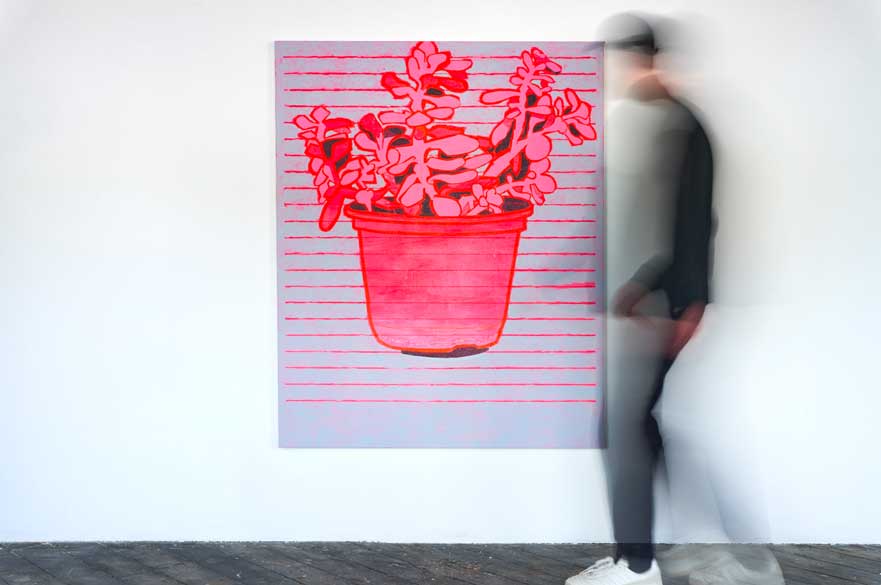
Cummins’ work reflects his own experiences of grief and mortality by placing value on an intimate moment of life and renewal. He makes paintings using enlarged images of small plants. His process uses negative shapes that emphasise absence and colour that gives the work an otherworldly quality. After surviving cancer and a double bereavement, Cummins’ work recently returned to his earlier interest in organic and vegetal forms.
As part of his recovery, he was taught mindfulness of observation that is applied to the plants he draws and paints. Plants are sessile, immobile yet they propagate, grow, and thrive. When the big structures of our life fail us, returning our gaze to small pleasures, shows us that growth can be closer to home.
Charles Fox
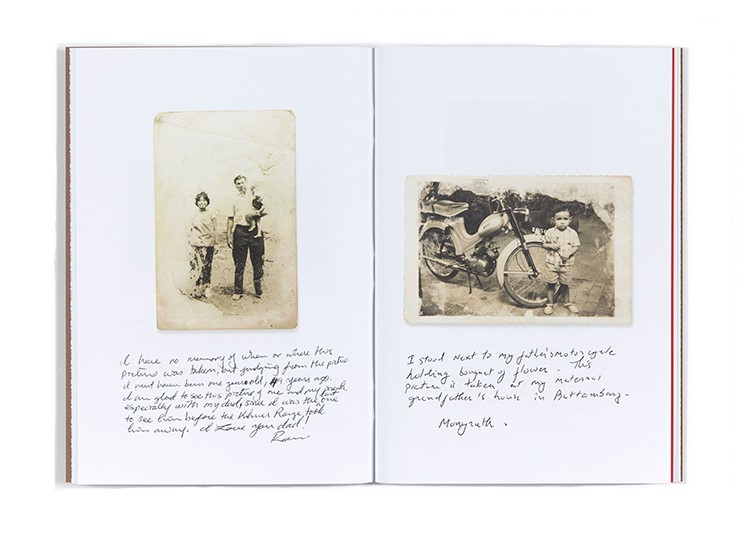
‘Buried’ (2019) is the product of a deep relationship that Fox developed with the Rama family. When the Khmer Rouge entered the city of Battambang, Cambodia, the family, aware of the brutality of the regime, decided to bury one of their most beloved items, their collection of photographs.
After 4 years of hell and the loss of their father, the Ramas reunited, retrieved their images and made the long and dangerous journey to the refugee camps of Thailand and eventually to America. The family's own captioning of their images gives an intimate portrayal struggle, loss and salvation. ‘Buried’ includes an introduction from Cambodian writer Darathtey Din and Human rights advocate Ou Virak , as well as essays from British academics Dr Jennifer Good from the London College of Communications and Fiona McLaren from Nottingham Trent University.
George Miles
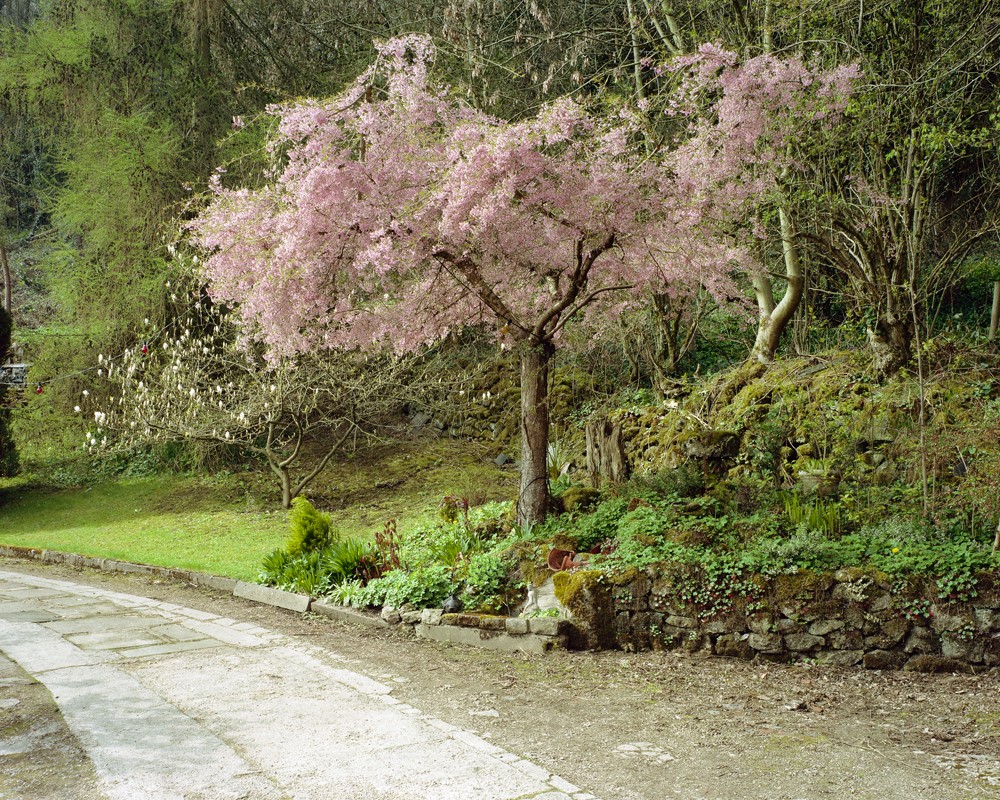
George Miles’ work focuses on how land is used, viewed, and mediated, both physically and through its representations in pictures and historical records. In his ‘Views of Matlock Bath’, the central subject is the Derbyshire village on the river Derwent that bore witness to the consolidation of the English Landscape tradition, the birth of the Industrial Revolution, and mass tourism.
These interconnections form a contention through the sequencing of a book presenting a contemplative space in which to reflect upon how representations of landscape are often complicit in our disconnection from it. The work has been exhibited in a variety of iterations since publication, from pop-up venues within the village itself to institutional galleries and festivals, and it expands the photographic tradition of finding beauty and meaning within the everyday, often focusing on the land and its energies, where this act takes on an environmental imperative.
Emily Andersen
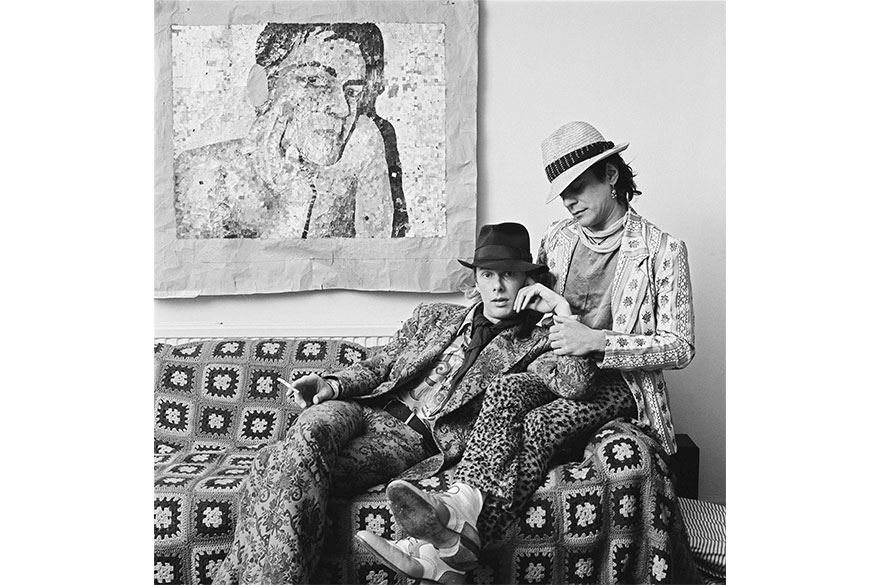
Andersen’s methodology explores performative aspects of the photographic portrait: how relationships between her subjects and/or between the sitter(s) and the photographer are revealed through the formalities of making photographs whose conception and material production counters the presumed immediacy of contemporary social media.
There are conceptual and formal connections in Andersen's works with other photographers who also make intimate portraits that embody what has been called a 'Queer Gaze'. Referencing feminism and cinema, the "Gaze", whether male, female or queer, is unlocalisable; undefined as belonging to a particular body, a style, or a subjectivity independent of the collaborations between sitters and the artist herself.
Currently Andersen is making a film and installation ‘Somewhere Else Entirely: The work of the poet Ruth Fainlight and the reciprocity between words and images. It breaks new ground in research between photography and moving image, and between creativity, images and writing, and investigates the role of time between the still and the moving image through the life and work of the poet. See more of Emily's work.
Isabel Story
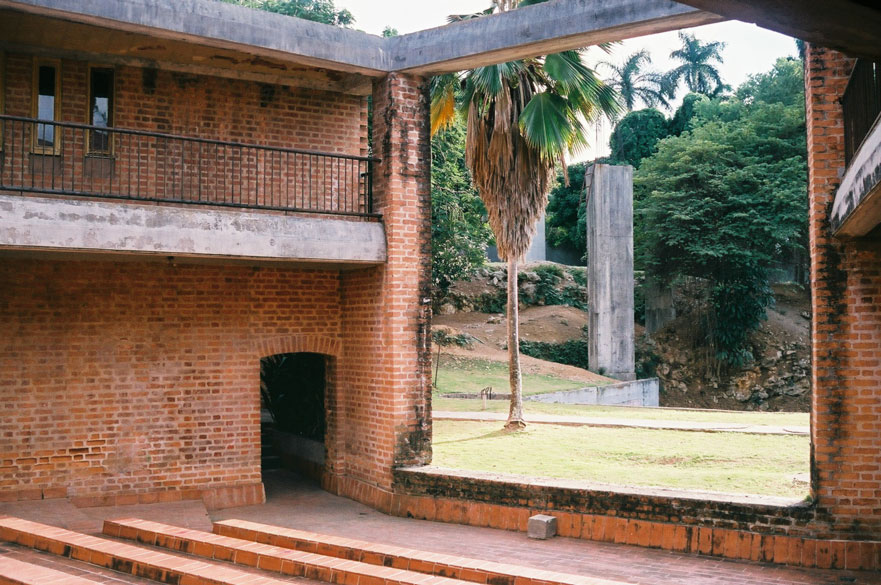
Isabel has published a monograph in the Soviet Influence on Cuban Culture with Lexington books. The book examines the ways in which the Cuban-Soviet relationship was expressed in the cultural sphere between 1961-1987. It interrogates the ways in which culture was linked to the political priorities and nation-building goals of the revolutionary leadership and how these differed from, or coincided with, the aims of the Soviet government.
In doing so, it analyses the way in which culture and cultural interactions between the two countries were organised. Specifically, it focuses on the theatre and visual arts to analyse the ways in which the culture became a means of asserting the Cuban Revolution's independence. Ultimately establishing that culture acted as a discursive space in which deliberations about the nature of the Cuban Revolution could take place in a way that they could not in other spheres.
Richard Davey
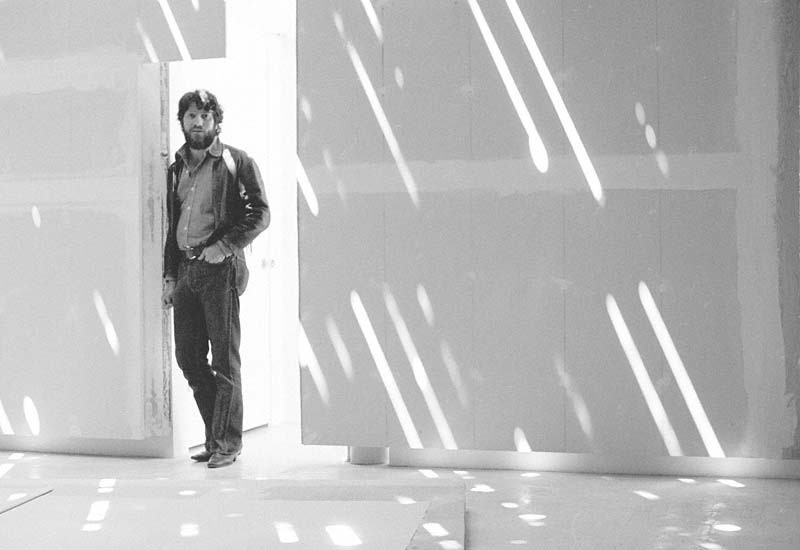
Richard’s current research is focused on the Los Angeles artist Ed Moses, a leading figure in the development of Los Angeles as a significant centre for American painting from the mid twentieth century. This major research project, commissioned by the artist’s estate and his New York gallery, Albertz Benda, will lead to the first extensive monograph on the artist, to be published by Beam Editions in winter 2021/2022.
Based on unique access to the artist’s studio, archives, and interviews with those who knew and worked with him including Ed Ruscha, Frank Gehry, Robert Irwin and Larry Bell, the book will look beyond the extensive ‘myth’ that surrounded Moses to re-examine his extensive output, focusing on his lifelong fascination with mark making, his engagement with other artists and his own Buddhist practise. Offering a unique and radical re-interpretation of this influential American artist.
Ben Judd
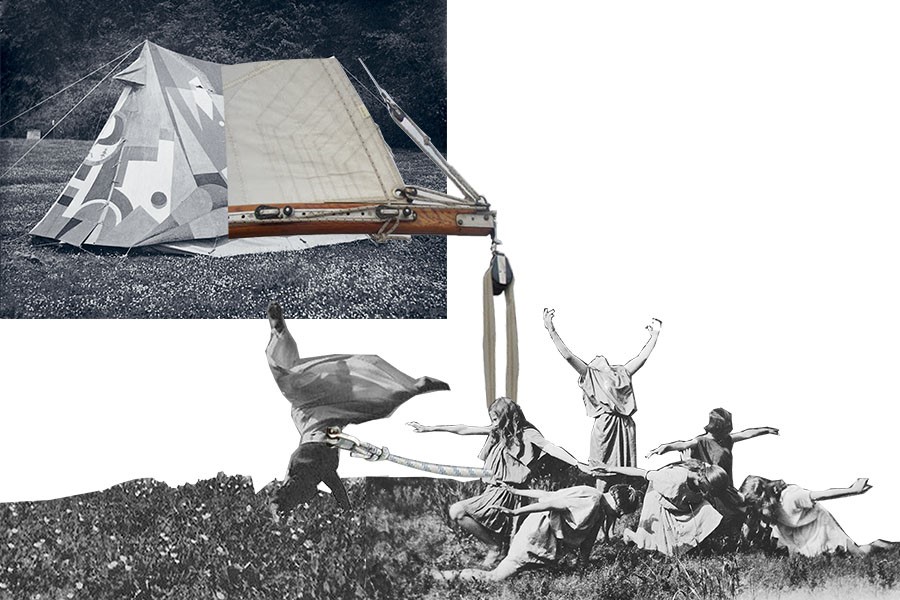
Stanley Picker Fellow Ben Judd is collaborating with local residents, community groups, students and academics to create an adaptable floating structure which will travel along the River Thames. The work will consider the importance of community within a large city and facilitate meaningful exchanges between strangers, aiming to reconnect people both to each other and to their environment. The community’s values will therefore be centred around these core themes and will aim to define and explore them throughout the project.
Britain’s island status, both literal and metaphorical, has always been at the heart of its identity; this work will mirror those concerns by creating a miniature floating community that will act as a microcosm for the ways in which we co-habit, communicate and solve problems. The idea of a classless, stateless, humane society based on common ownership feels particularly poignant within the current climate.
Danica Maier
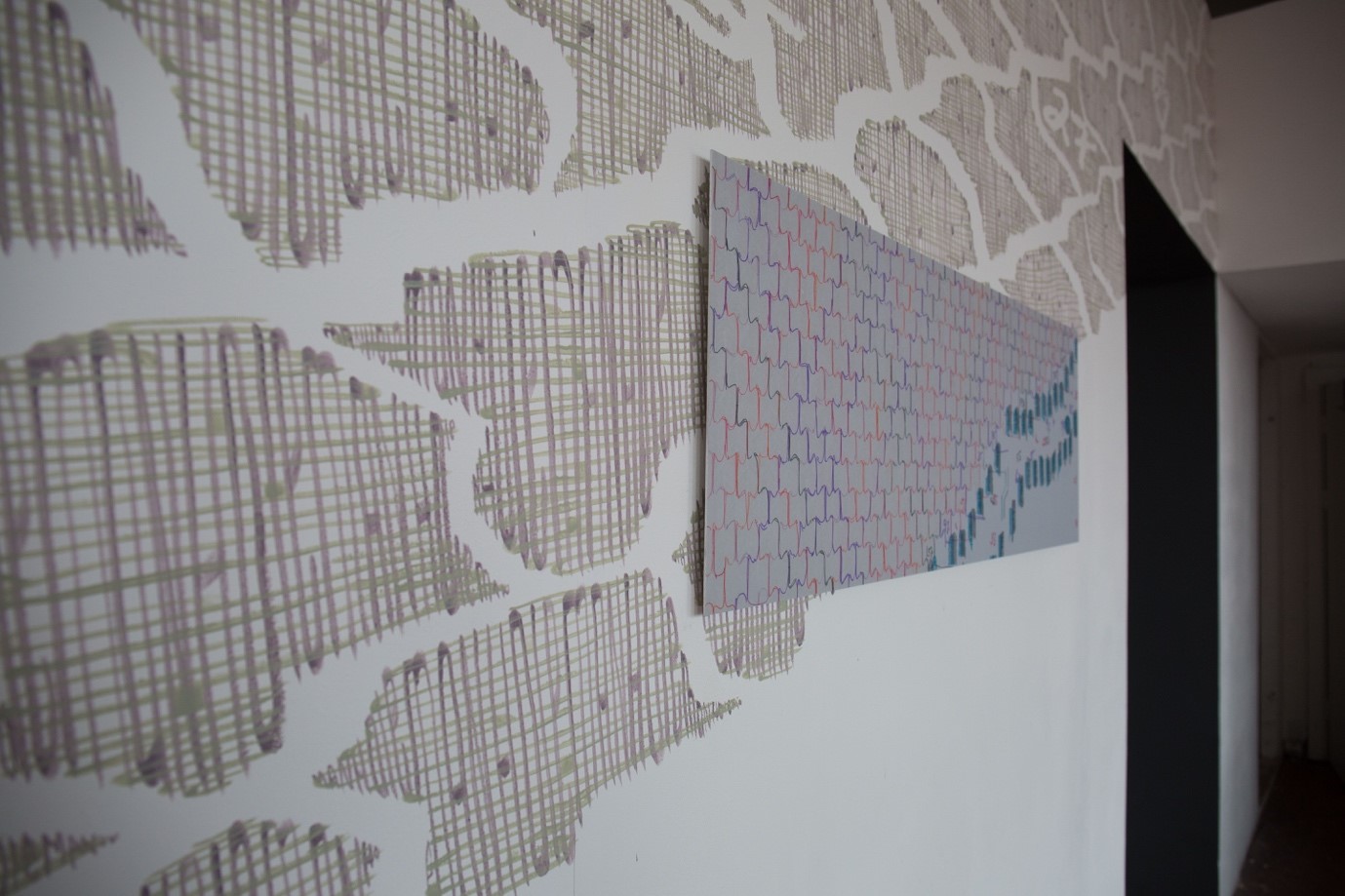
Danica Maier developed a series of artistic responses to lace ‘drafts’ in NTU’s Lace Archive – schematic diagrams of machine-made lace – which focus on the drawn lines found within the diagrams, which are two-dimensional representations of the thread path that creates the lace. Through redrawing, Maier examined the method of creating the lace through the imperfections in the drawn line, providing new readings of these historical diagrams.
The outcomes were presented in a symposium, publication and three-person touring exhibition with Andrew Bracey and Lucy Renton at Backlit Gallery, Nottingham; The Ruskin Gallery, Cambridge and The Constance Howard Gallery, London. The project was funded by the Arts Council England and further supported by NTU, University of Lincoln, Birmingham University, and Kingston University.
Andrea Moneta
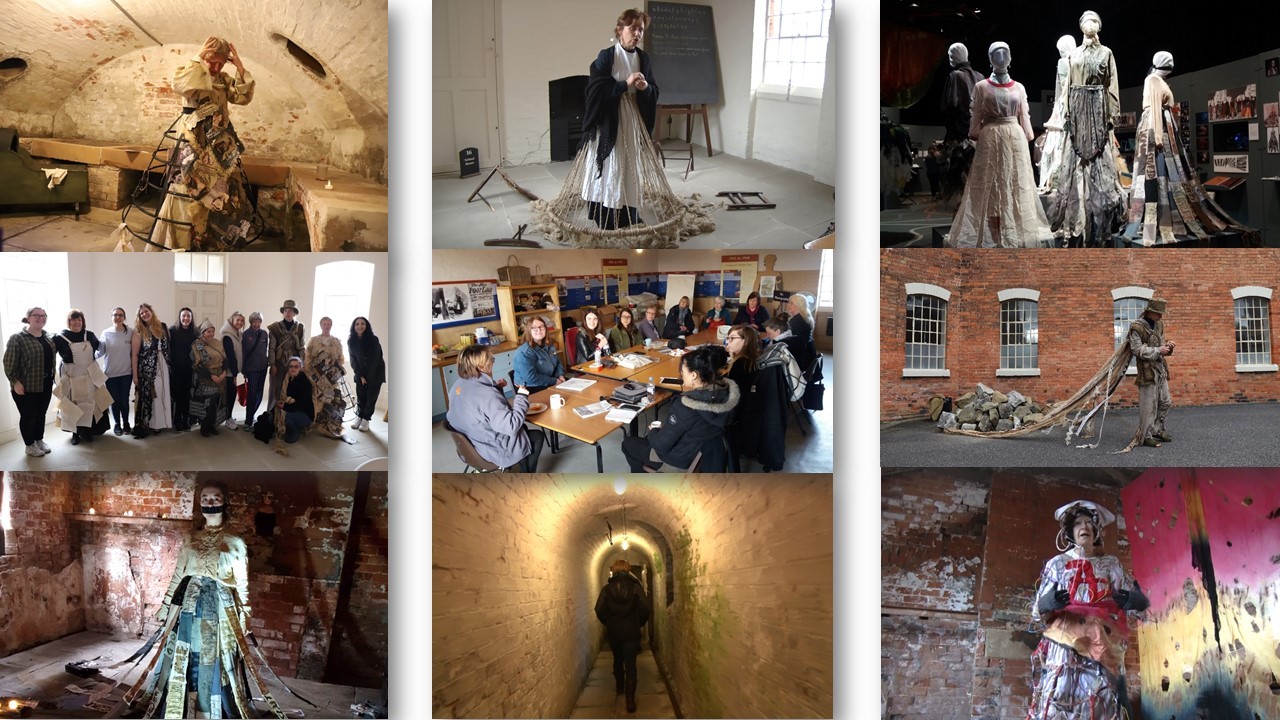
This six-year long Heritage Design Project investigated new forms of content creation, storytelling, and audience engagement to reveal the Genius Loci (distinct character) of heritage sites. It produced collective installations and performances at The Workhouse, Southwell. It has been enabled and co-funded by National Trust and Nottingham Trent University, in collaboration with Alison Cross and Jane Tappin (National Trust’s Learning and Engagement Team), Janet Overfield Shaw (National Trust’s Creative and Community Programme Officer) and Newark Emmaus Trust.
The aim was to reveal the Genius Loci of The Workhouse, to unearth its forgotten, denied and unexpressed stories; and to unveil them through Scenarchitecture, Moneta’s performative methodology that blends Imagination with Memory using a given architectural site. Moneta’s project was developed through research-led teaching: involving students of BA (Hons) Theatre Design.
Andrew Brown
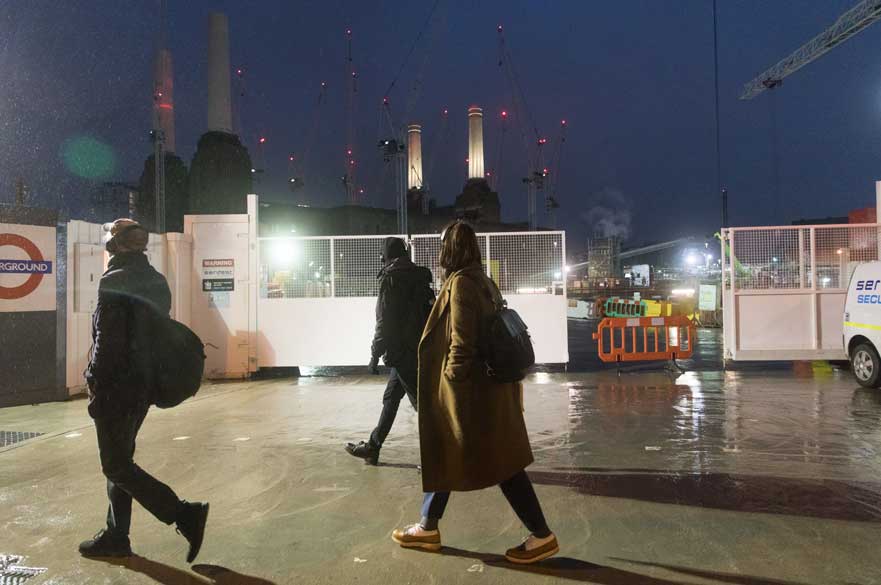
Mickey Lee for Nine Elms on South Bank
OpenCity Nine Elms was originally commissioned by curator Rosie Hermon for the Winter Trails: Remapping Nine Elms Festival (2017), and was restaged in 2018 for ArtNight. The soundwalk was composed in direct response to the urban landscape of Nine Elms and used sound recordings captured in situ. The area's multifaceted and dynamic history was explored through the act of walking through it, whilst listening to pre-recorded sounds, calling into question real-time contemporary experience.
Imaginary portals were opened, inviting consideration of the area's present and future. Audience engagement was implicit in the work through the associations of prior knowledge brought by each participant and the group moving through the space - creating its own particular disturbance in the fabric of the city.
Emma Cocker
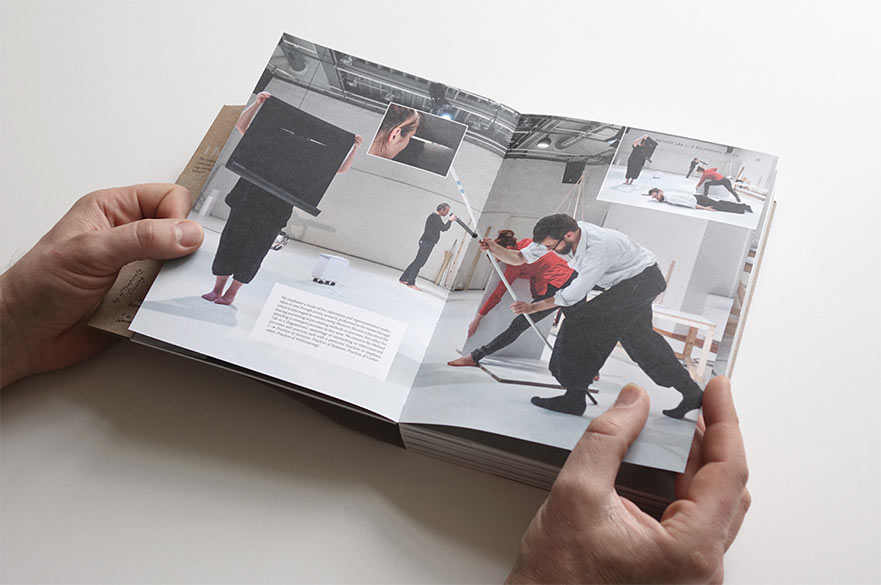
Choreo-graphic Figures: Deviations from the Line (2014 – 2017) is an interdisciplinary artist research collaboration involving writer-artist and NTU Associate Professor in Fine Art, Emma Cocker; artist Nikolaus Gansterer, and choreographer Mariella Greil. The project unfolded through a series of ‘method labs’ taking place between 2014 and 2017, often within the frame of the international choreographic festival ImPulsTanz, Vienna or hosted by Tanzquartier, Centre for Contemporary Dance and Performance, Vienna.
The publication presents documentation of this practice-based research project and a theoretical-conceptual exposition of its enquiry, alongside contributions from Alex Arteaga, Adrian Heathfield, Erin Manning, Dieter Mersch, and Alva Noë. An online project publication was awarded the Society of Artistic Research Prize for Best Research Catalogue Exposition 2019.
Katja Hock
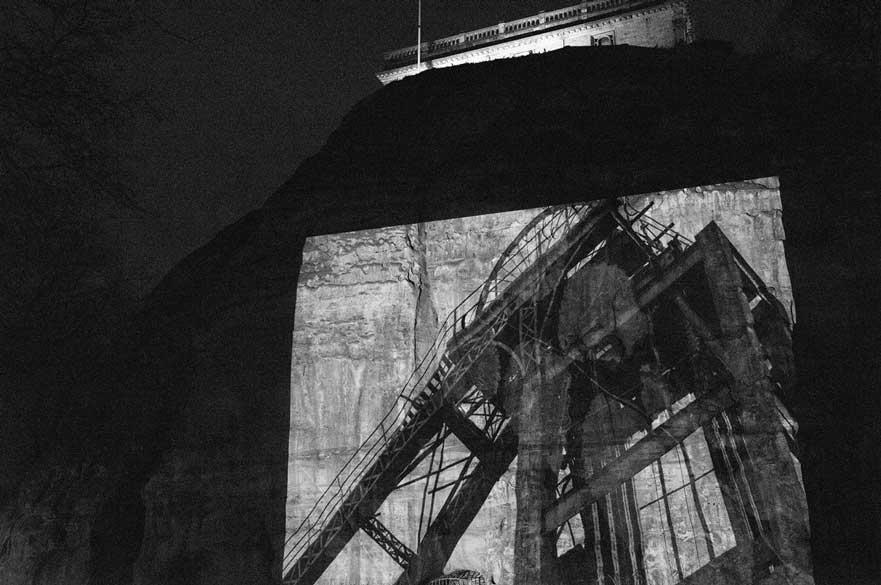
Using lens-based media, Katja Hock's research currently investigates the relationship between still and slow-moving images and their projections onto historically and politically relevant surfaces. Her work brings together the synthesis of two seemingly similar media: photography and film, focusing on time, duration and interlude.
It draws on the representation of a 'document' from the New Photography movement and the 'documentary' from Italian Neorealism. Hock stresses their distinctiveness by slowing down the film speed, dissolving images to such an extent that they almost appear to be still. This process of enquiry questions expectations and assumptions of photography and film, and by implication, memory.
Max Kandhola
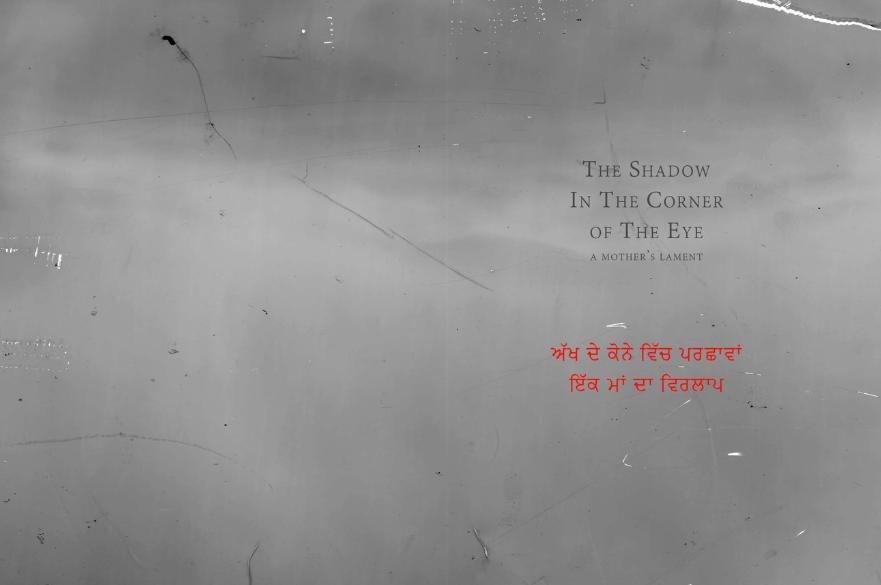
My research within the Artistic Research Centre (ARC) is to consider Race, Representation, Identity and Difference (RRID) these are central concerns in my photographic practice. RRID’s etymology is situated within a "Eurocentric critical and cultural theory," (Hall, New Ethnicities,1995), that navigates these discussions and language. This contributes to the innovation in artistic research processes both within and beyond the university. The research question within this ‘A Photographic Study, Considering The Politics of Race, Representation and Identity’ is a reflection upon our position within society. To investigate displacement, shifting identities, language, difference and what is home. My methodologies are participatory (anthropological) to conduct interviews, sketch, compose poems, and make timeless observations in witnessing real experiences. There are many other factors to consider within the context of RRID which is central to my published works. The Aura of Boxing (2014), Flatland: A Landscape of Punjab (2007), Illustration of Life (2002), and Peter Max Kandhola, Monograph (1995). The complicated ontology of the pugilist pedagogy is an ‘escape from poverty’ (Sugden), when one considers British class, race, society, and whiteness. My new work ‘British Cultures of Boxing’ considers this complexity.
Illustration of Life and Flatland are examinations of the land and its inhabitants, the diaspora, and death and dying. My research will continue to situate itself in relation to how the family presents the tableau of our lives, which is essential for mapping these conversations. In exploring male grieving, ‘On Grieving’, (Kubler-Ross), continues my findings from Illustration of Life and laments in regressing and considering the archive and writing about my mother’s death. The Aging Male Body is an intimate self-portrait of an Indian male, a collaborative and exploratory study with my son that documents the fragility and intricacy of the various stages of a male's ageing body.
PhD Funding
Find out everything you need to know about funding your doctoral studies – from tuition fees and loans, to studentships and external funding.
The following individuals are currently undertaking PGR research for this centre:
- Daniel Hunt
- Elle Reynolds
- Ivana Mancic
- Kallina Krasteva-Brailsford
- Emily Gray
- Andrea Jaeger
- Fiona Trumper
- Darren O’Brien
- John Hancock
- Aylwin Lambert
- Fu Xing
- Andrew Brown